Garbz
No longer a newbie, moving up!
- Joined
- Oct 26, 2003
- Messages
- 9,713
- Reaction score
- 203
- Location
- Brisbane, Australia
- Website
- www.auer.garbz.com
- Can others edit my Photos
- Photos NOT OK to edit
thank you guys so much for the careful explanation! I'm a relative newbie in photography and your advices do help a lot.
Now if only someone could show me how your more expensive filter would affect shooting the moon at 200mm focal length.
That would be interesting to see. I can't stand using UV filters as they just don't do anything to help the image. I use a lens hood for protection and only put on a filter if an application calls for it.
Side by side comparison of Hoya Filters here, nearly every series: http://www.thephotoforum.com/forum/...100830-more-hoya-filter-comparison-tests.html
Note the quality of the cheap ones, and that there's no visible difference in the good ones, except for that 1 ghost which will be present on any filter. Get a good UV filter, know that if you shoot into the light the flare will increase and then take it off when you do so.
You could say the same thing about Nikon what with them actually having rather crap Coolpix cameras on the market, or any other company manufacturing any other product :er:That's Hoya Quality for ya!
Then you have already lost. The filter is always necessary 1 minute before you decide to put it on. Same goes for anything used as protection. You may as well not buy one.i think i understand it now
no filter in the future unless necessary
Again I tell you don't get turned off by crap filters. There are plenty out there that will produce no visible difference to shooting. Go try a Hoya Pro1 or Hoya SHMC for example. Try a B+W protector filter. I'll give you an example with your beloved moon tomorrow if I remember. Today is horridly overcast and raining


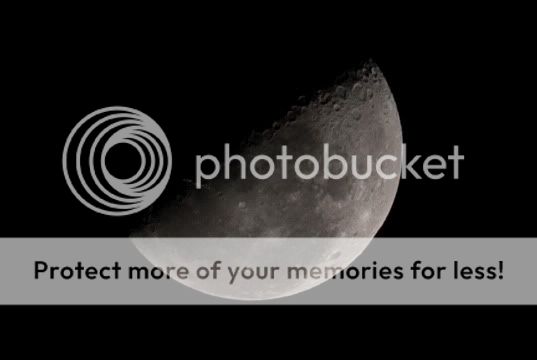
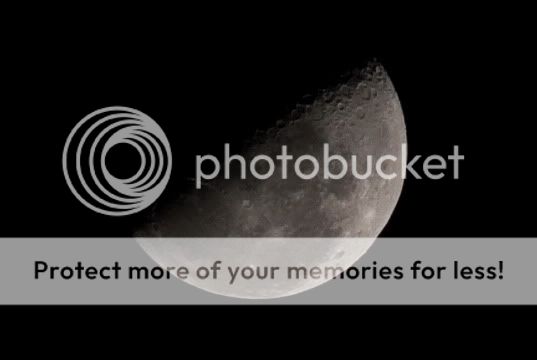
![[No title]](/data/xfmg/thumbnail/39/39440-bc17565eb7adee7f9859c53933e8543c.jpg?1619739033)
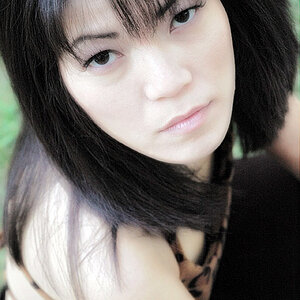
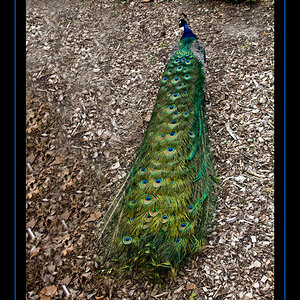
![[No title]](/data/xfmg/thumbnail/41/41921-10ae2355bbcea545815ebd932ee145a7.jpg?1619739944)
![[No title]](/data/xfmg/thumbnail/42/42482-3d0e794a92737ca7ecbc8125874457aa.jpg?1619740195)

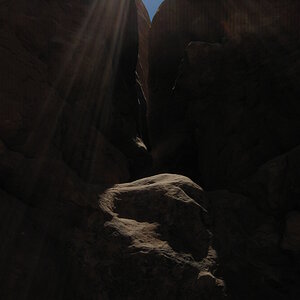

![[No title]](/data/xfmg/thumbnail/37/37131-0af98967b391a8bd22ce1d14f6afb9cc.jpg?1619737884)
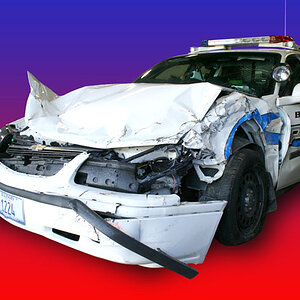
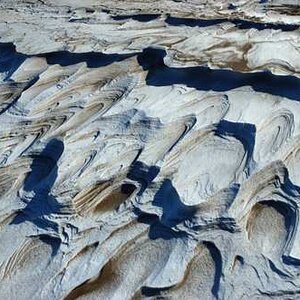
![[No title]](/data/xfmg/thumbnail/39/39439-d0a6beaaf39993860b74ccbd81fdd122.jpg?1619739032)